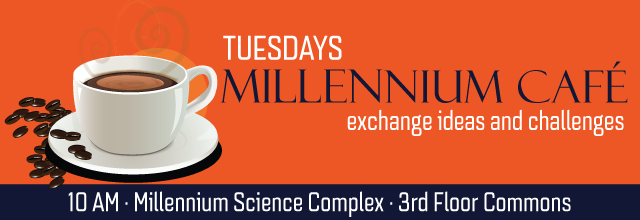
Peter Buckland | Sustainability Institute
What does a global threat sound like? The Pentagon, the United Nations, the World Economic Forum, and the Bulletin of Atomic Scientists all diagnose risks to global society including pandemics, weapons of mass destruction, failed states, and the failure to address anthropogenic climate change. In the this talk/performance I will show how heavy metal musicians have brought attention to these global threats through their music and art. Future Café talks this semester will highlight other approaches for communicating important messages beyond the standard approaches employed by researchers.
